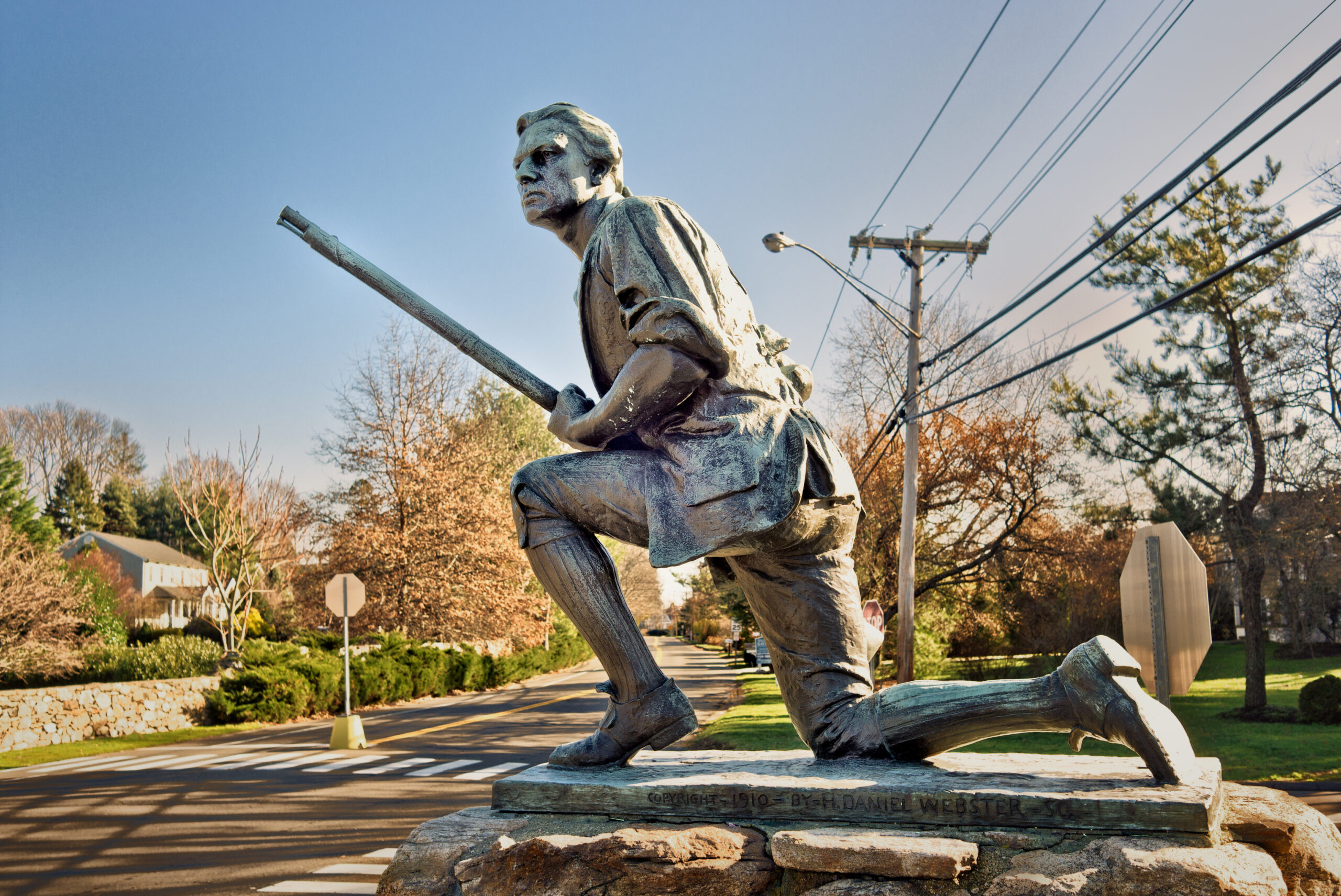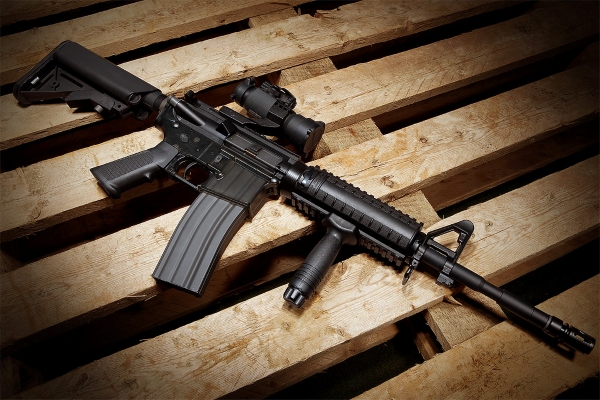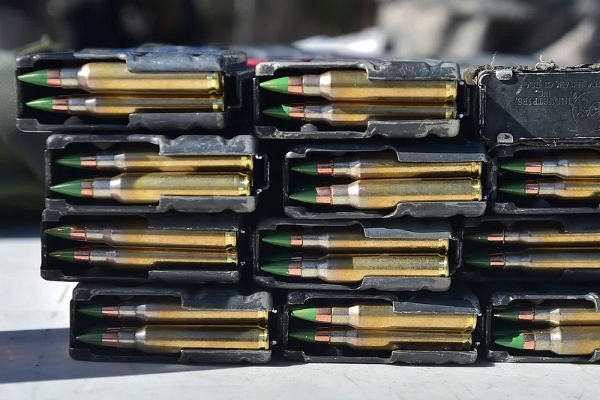A Contrived Misunderstanding
Over the years, there have been a lot of arguments over what “Well Regulated” in the Second Amendment means. Despite only making up a 27-word sentence, the entire amendment has its semantics questioned for a multitude of reasons, whether that be the meaning of “right of the people to keep and bear Arms”, “shall not be infringed”, or “A well-regulated Militia”. Today, I will focus on the latter, intending to dispel misunderstandings about these four simple words, while using historical examples to help with comparison.
What “regulated” meant back then is NOT the same as what an anti-gun bureaucrat thinks of when they hear that word. It is pretty plain and simple, actually. Rather than meaning “regulation” in the sense that some might think, i.e, government red tape, it means well-organized, armed, and disciplined. A “well-regulated clock” accurately keeps time if properly maintained. Those traits are integral to maintaining a fighting force, regardless of the period. This means that the militia was not undergoing constant government-regulated bureaucracy, but instead was constantly prepared to serve its purpose.
Historical Examples of Well-Regulated Militias
Militias have been used in some form since societies needed to defend themselves. A long time before standing armies became the standard, communities had to rely on ordinary citizens to train and organize themselves into forces capable of battle in times of need. These ancient militias often comprised your everyday townspeople: farmers, merchants, etc. These people were not full-time soldiers, but rather citizens who periodically trained and could be called upon when necessary.
What made these ordinary folk “well-regulated” was not bureaucratic micromanagement from a government, but their ability to function as a cohesive and disciplined force when appropriate. From ancient Greece to colonial America, these militias utilized principles of local organizations, discipline, and preparedness. They understood that defending their settlement and citizens ultimately rested on the people themselves.
The Hoplites of Ancient Greece
The most well-known early example of a militia has to be the hoplites of ancient Greece, particularly among the city-states like Athens. The Greek armies of these city-states were not made up of full-time, professional soldiers. They were made up of citizen soldiers called hoplites. The men in these ranks were expected to provide their own equipment, usually a shield, spear, and helmet. They trained to fight in military formations like the phalanx, which made even fighting in small numbers effective.
Despite hoplites not being subject to constant government supervision and oversight, they still constituted an organized and very formidable defensive force. The strength of the hoplites came from their unity, preparedness to be called upon, and shared civic duty. It was a great system because each citizen was expected to be both a productive member of society and a prepared defender of it. These hoplites were an integral part in maintaining sovereignty from the Persians.
Colonial Militias: The Beginning of Something Special
Similarly, over 1500 years later, the same principle was carried into the American colonies. Militias were not just an everyday occurrence; they were a mandatory part of colonial life. Of the three big types of military forces, i.e., a standing (professional) army, conscripted army, and militia forces, the one that was implementable was the militia concept. This is because the vast and sparsely populated colonies lacked the centralized infrastructure to support mechanisms for conscription, while standing armies and mercenaries were far too expensive for the colonies to afford.
The Minutemen: The Best of the Best
The terms “militia” and “Minutemen” are sometimes used interchangeably; however, in the 18th century, there was a distinct difference. The Minutemen were hand-picked elite militiamen chosen by commanding officers during militia musters. According to ushistory.org, they were typically under 25 years old, reliable, and strong, making up about a quarter of the militia.
Although Minutemen are thought of as synonymous with the American Revolutionary War, the idea of Minutemen was conceived as early as the halfway point of the 17th century. Select men were selected from militia ranks to be suited up, armed, and prepared within half an hour of being alerted. These Minutemen went through a lot of adversity in the next 150 years, whether it be fighting Indians, war with the French, or even local issues like riots and other forms of social unrest. This well-regulated militia was very integral in the creation and sovereignty of the United States of America. This led to broader recognition.
The Militia Acts of 1792
The United States Congress saw how vital a decentralized, citizen-based militia was in its infancy. That’s why they not only mentioned it in the Bill of Rights, but also enacted two acts in 1792. These acts required states to comply with the mobilization of militias and required men between 18 and 45 to enroll in their state militia and provide their own equipment.
The Modern Bastardization of the Term “Well Regulated”
Now that we know what a well-regulated militia looks like, it becomes easy to see how the term is blatantly misused these days. Some take it as being conditional upon oversight by the government. That couldn’t be further from the truth. Despite some saying that the modern American militia is just the National Guard, it’s actually simpler than that. It is the population of American people who are trained in using firearms.
Unsurprisingly, some are trying to twist the meaning of the Second Amendment. This breeds people who are misinformed, who then advocate for your God-given rights to be revoked. That is why we must regularly inform people about the virtues of owning firearms and training.
Why the Gun-Grabbers Ultimately Lie About “Well Regulated” and the Second Amendment
The leftists and gun-grabbers lie about the plain language of The Second Amendment because they want to semantically argue about how the 27 words can be interpreted. This bad-faith method has led to the decades-long arguments we’re all accustomed to today. It isn’t a misunderstanding; it is a strategic political agenda. Trying to redefine “well regulated” as “controlled by the government” is disingenuous and corrupt. The Founding Fathers meant well-trained, functional, and prepared when they wrote down “well-regulated”.
Gun-grabbers and leftists alike know that if this definition speaks for itself, the justification for their agenda crumbles. That’s why they keep pushing the narrative that we misunderstand what the Founding Fathers meant. The end goal for these corrupt bureaucrats is not solely reinterpretation. It’s delegitimization of the very ideas that the Second Amendment puts forth, to maintain a disarmed and subservient population that is unable to push back against their radical philosophies and agendas. This is precisely why they lie. If the Second Amendment is understood exactly as it is written, it leaves no space for their disingenuous interpretations that aim to disarm the American people.
“A free people ought not only to be armed, but disciplined…”
– George Washington, First Annual Address, to both Houses of Congress, January 8, 1790
About the Author
Dudley Brown is the President of the National Association for Gun Rights and one of the most influential gun lobbyists in America. With over 30 years of experience fighting for the Second Amendment, Dudley has led legislative battles in statehouses across the country and built some of the most powerful grassroots networks in the movement. He founded Rocky Mountain Gun Owners in 1996 and now leads NAGR as it fights back against federal gun control. A long-time weapons expert and host of the YouTube show Dudley’s Range Rogues, Dudley lives behind enemy lines in Northern Colorado, where he enjoys good bourbon, vintage machine guns, and reminding politicians exactly what “shall not be infringed” means.
Follow @gunrightsprez



